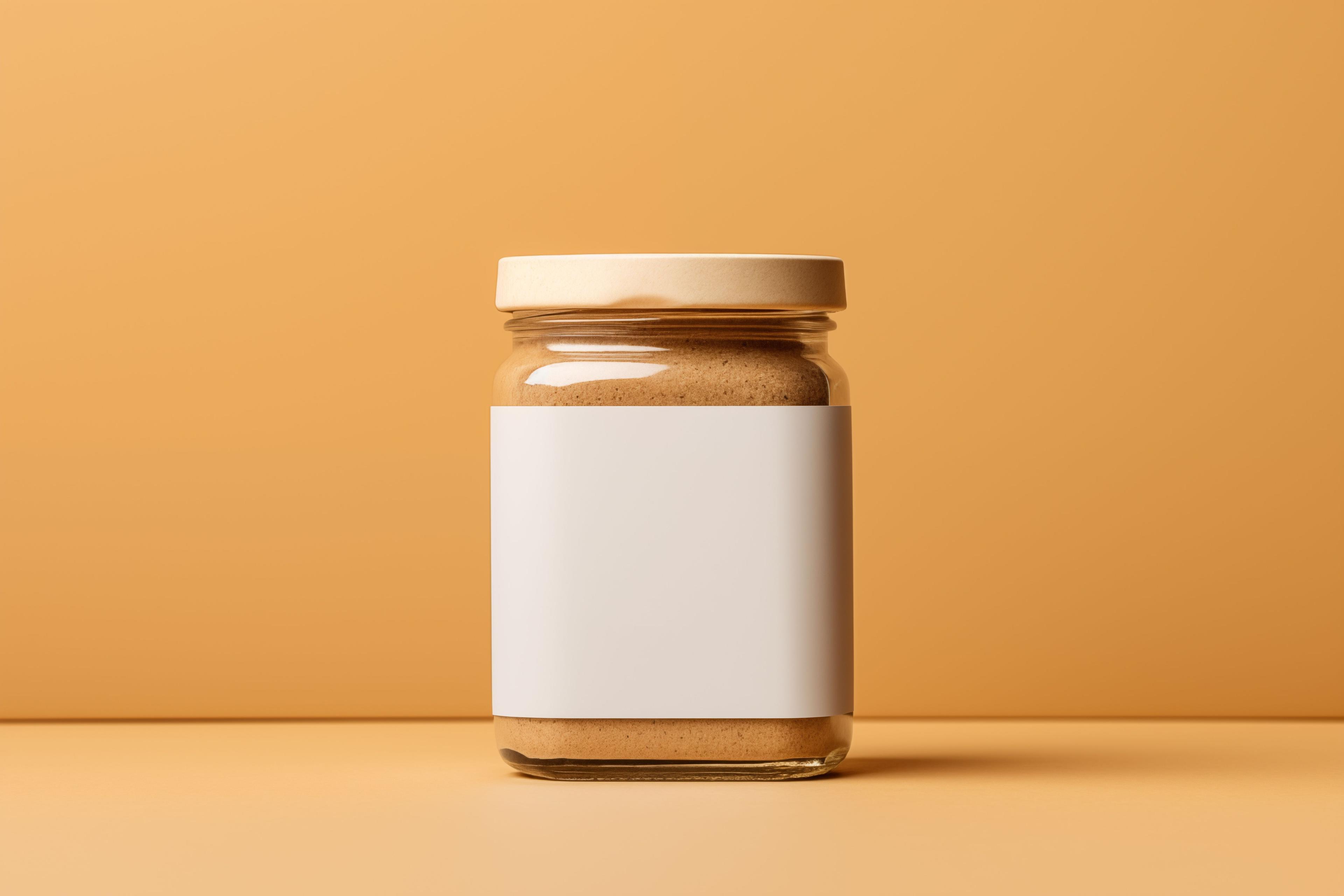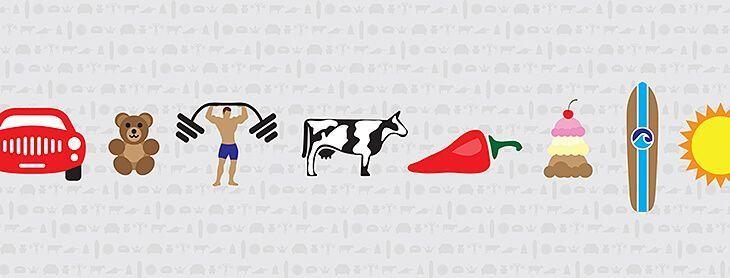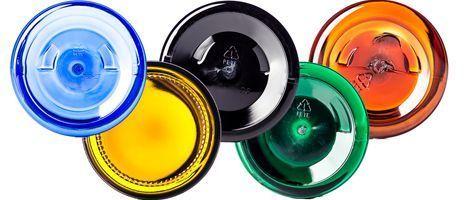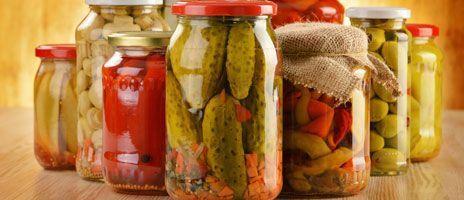Creative Labeling Ideas for Glass Jars


1. Minimalist Elegance
Sometimes, less is more. A minimalist label can convey sophistication and modernity while letting the product inside the jar shine.
Tips:
- Use clean fonts and simple designs.
- Stick to neutral or monochromatic color schemes.
- Position the label off-center for an artsy, contemporary look.
Example:
A frosted glass jar with a small, square black-and-white label featuring only the product name and brand logo.
2. Full-Wrap Labels
For maximum visual impact, consider a full-wrap label that covers the entire circumference of the jar. This approach works especially well for products like sauces, beverages, and candles.
Tips:
- Use bold graphics or vibrant patterns to make the jar pop.
- Include useful information, like recipes or instructions, to add value.
- Opt for semi-transparent materials to let some of the product show through.
Example:
A mason jar of salsa with a colorful wrap-around label featuring illustrations of tomatoes, peppers, and herbs.
3. Custom Shapes and Die-Cuts
Think beyond the rectangle! Custom-shaped labels can add a whimsical or premium touch to your product.
Tips:
- Experiment with shapes like circles, ovals, or even custom silhouettes that match your product theme.
- Incorporate negative space into the design to highlight the glass or product inside.
- Use layered labels for a 3D effect.
Example:
A jar of honey with a die-cut label shaped like a honeycomb, creating a unique and thematic design.
4. Eco-Friendly Materials
Sustainability is a top priority for many consumers, and your labels can reflect your commitment to the environment.
Tips:
- Use recycled or biodegradable paper for your labels.
- Choose soy-based or water-based inks for printing.
- Incorporate earthy colors and natural textures to enhance the eco-friendly vibe.
Example:
A glass jar of organic peanut butter with a kraft paper label and a hand-drawn logo.
5. Vintage and Rustic Aesthetics
If your brand has a nostalgic or handmade feel, vintage-style labels can create a sense of tradition and authenticity.
Tips:
- Use muted colors, serif fonts, and retro patterns.
- Add details like faux stamps or distressed textures.
- Pair with twine or burlap accents for a complete rustic look.
Example:
A jar of homemade jam with a hand-lettered label, faded floral patterns, and a small tag tied around the neck.
6. Transparent Labels
Transparent or clear labels give a sleek, modern appearance while allowing the product inside to take center stage.
Tips:
- Use white or metallic fonts to create contrast against the jar.
- Highlight key features of your product, such as its color or texture.
- Avoid clutter by keeping the design simple and concise.
Example:
A clear glass jar of bath salts with a transparent label featuring delicate white typography and a small floral illustration.
7. Interactive Labels
Add an element of fun or functionality with interactive labels that engage your customers.
Tips:
- Include QR codes that link to recipes, tutorials, or behind-the-scenes videos.
- Add peel-off sections with hidden information, like discounts or fun facts.
- Use thermochromatic ink that changes color with temperature changes for an eye-catching effect.
Example:
A beverage jar with a QR code that leads to cocktail recipes using the product.
8. Multi-Layer Labels
For products that require extra information, multi-layer labels offer a practical yet stylish solution.
Tips:
- Use peel-back labels to include details like ingredients, instructions, or brand stories without overwhelming the main design.
- Incorporate creative elements, like perforations or hidden messages, to surprise your customers.
Example:
A skincare jar with a two-layer label: the top layer features the product name and logo, while the bottom layer includes detailed usage instructions.
9. Handwritten or Hand-Drawn Styles
Adding a personal touch can make your product feel more artisanal and relatable.
Tips:
- Use handwritten fonts or hand-drawn illustrations.
- Incorporate imperfections, like uneven lines or natural textures, to enhance the handmade vibe.
- Pair with simple packaging to let the label take center stage.
Example:
A glass jar of pickles with a label that looks like it was hand-sketched, featuring playful drawings of cucumbers and dill sprigs.
10. Dual-Purpose Labels
Make your labels functional as well as decorative by adding extra utility.
Tips:
- Print measurement marks on the label for food jars, like "half cup" or "1 cup."
- Include writable spaces for customers to add their own notes or dates.
- Design removable labels that won’t leave residue, allowing jars to be repurposed.
Example:
A jar of flour with a label that doubles as a measuring guide and includes a writable section for customers to mark the purchase date.
Conclusion
Labels are more than just a finishing touch—they’re an integral part of your glass jar packaging that can set your product apart. By combining creativity with functionality, you can design labels that resonate with your audience, enhance your brand identity, and make a lasting impression.
Ready to bring your labeling ideas to life? Explore Container & Packaging’s range of glass jars and labeling solutions to find the perfect combination for your product.




